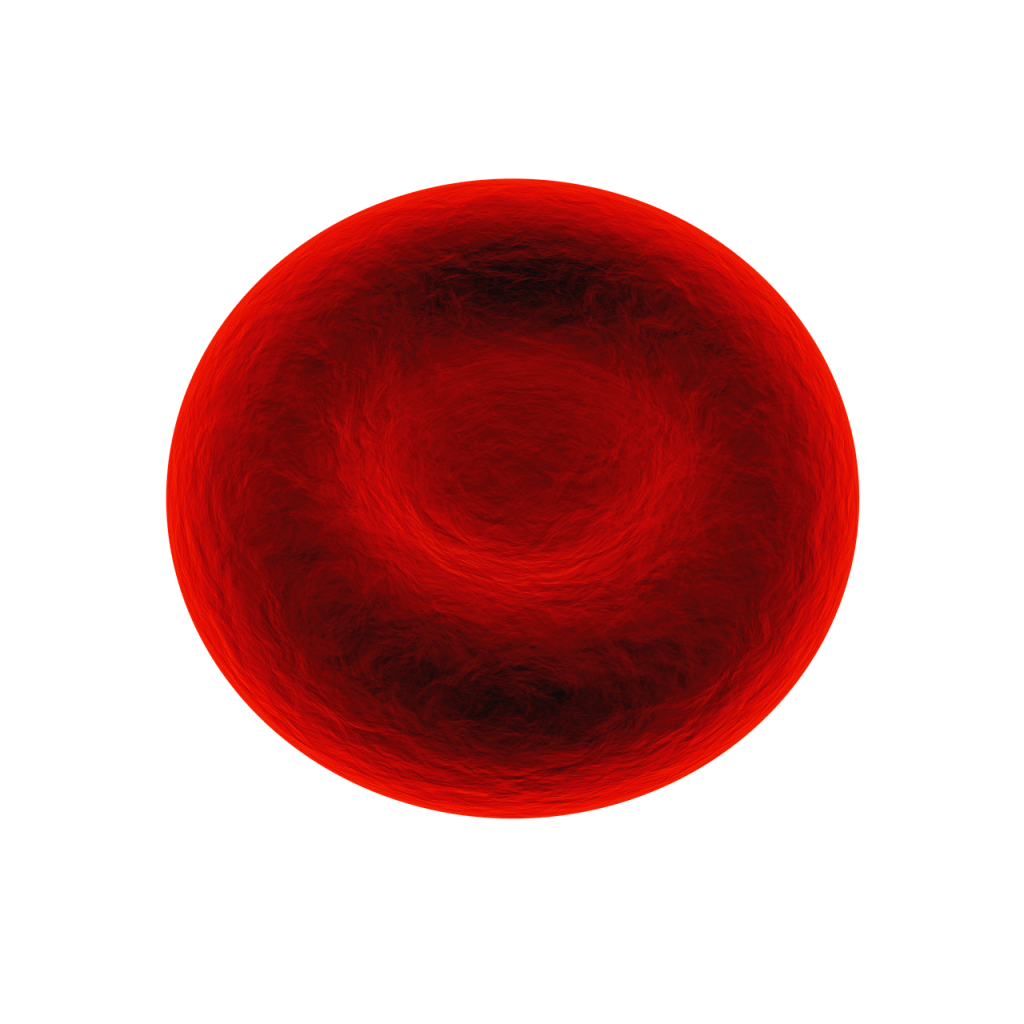Introduction
Anaemia of Chronic Disease (ACD) is common, particularly in the hospital setting. It occurs as a result of:
- Chronic infection
- Chronic inflammation
- Neoplasia
- Chronic kidney disease
The anaemia is typically:
- Normochromic – the concentration of Hb within each individual RBC is normal
- Normocytic – the size of the red bloods cells themselves is within the normal range
As such, the anaemia is defined in terms of the total Hb and haematocrit.
However, it can also be:
- Microcytic – small red blood cells
- Hypochromic – reduced amounts of haemoglobin in each individual red blood cell
In this case may be difficult to distinguish from an iron deficiency anaemia (IDA), and in many cases, an iron deficiency anaemia may co-exist with anaemia of chronic disease.
Sometimes, anaemia of CKD is considered separately to the other causes of anaemia of chronic disease. In this artifice we will try to explain where the differences arise between the causes of anaemia of chronic disease.
Other definitions
Epidemiology
- About 12% of patients will have an anaemia of chronic disease
- This increases as the eGFR falls
- Patients with CKD and diabetes are a greater risk of anaemia
Pathology
- The administration of EPO to patients with rheumatoid arthritis has shown to be of benefit to these patients.
- Note that transferrin is the protein used to transport iron in the blood. It binds iron very strongly, but reversibly.
- Ferritin is a compound that binds free iron within cells. In anaemia of chronic disease, levels of ferritin are often raised.
|
Anaemia
|
Ferritin
|
Iron
|
TIBC
|
Transferrin saturation
|
Soluble transferrin receptor
|
|
Iron deficiency
|
Low
|
Low
|
High
|
Low
|
High
|
|
ACD
|
High/Normal
|
Low
|
Low
|
Low
|
Low/normal
|
|
Normochromic – this means the concentration of haemoglobin within an RBC is normal. |
Management
Treatment is generally just that of the underlying disorder. – However, in those with terminal malignancy and chronic kidney disease, you may be able to improve quality of life by giving EPO to reduce the level of anaemia. In cases of renal failure this is particularly effective as the levels of EPO are directly affected. A typical dosing regimen might include:
- Darbepoetin alpha – given once every 2 weeks
- Contraindicated in uncontrolled hypertension
- Side effects include:
- Hypertension
- Flu-like symptoms
- Headaches
- Increased platelets
- Increase risk of thromboembolic events
- Hyperkalaemia
- Skin reactions
- Epoetin alpha
- An alternative drug, but less widely used due to shorter half-life, and as such requires stricter dose control and more dosage alterations
- Iron supplementation is required for all patients on EPO agents
- Aim for ferritin 200 – 500 μg/L
- Transferrin saturation >20%
Treatment with EPO can reduce the need for blood transfusions – which is important in patients who may be considered for a future renal transplant
Complications
- Anaemia puts strain on the heart, increasing the risk of left ventricular hypertrophy
- Strongly associated with increased mortality
References
- Murtagh’s General Practice. 6th Ed. (2015) John Murtagh, Jill Rosenblatt
- Oxford Handbook of General Practice. 3rd Ed. (2010) Simon, C., Everitt, H., van Drop, F.
- Anaemia in chronic kidney disease – Patient.info
